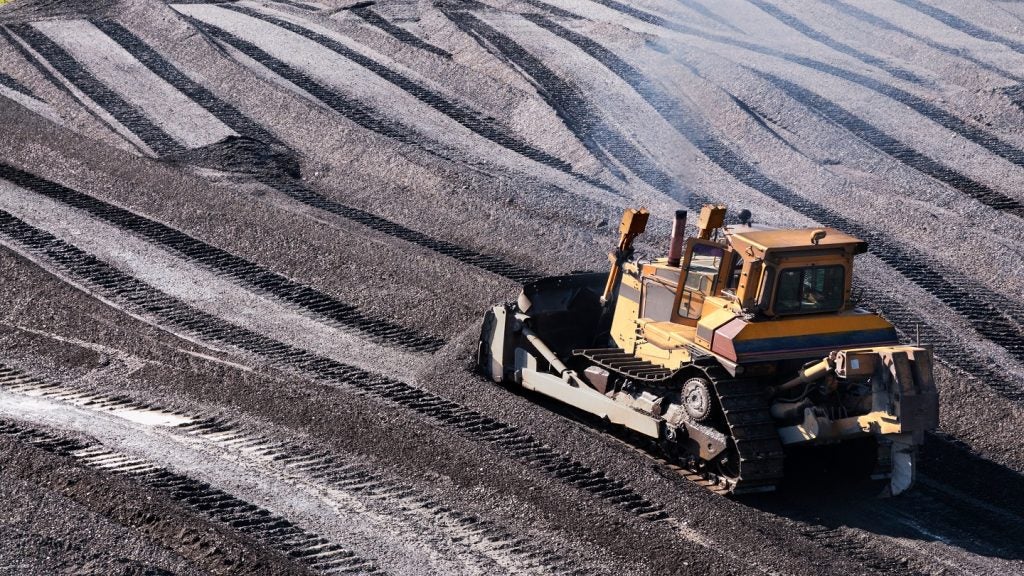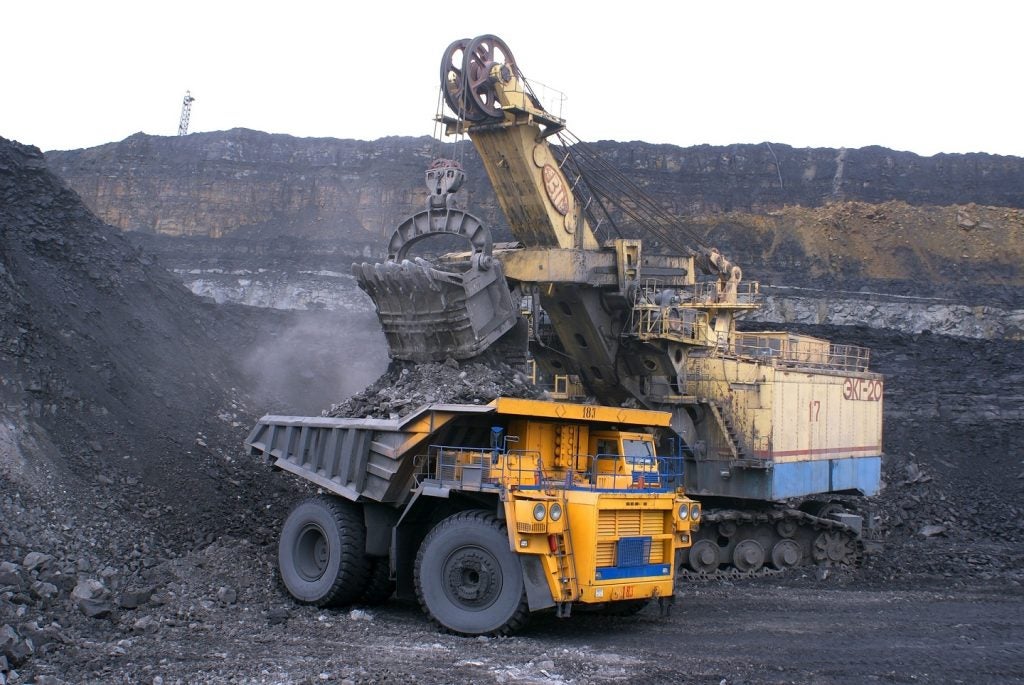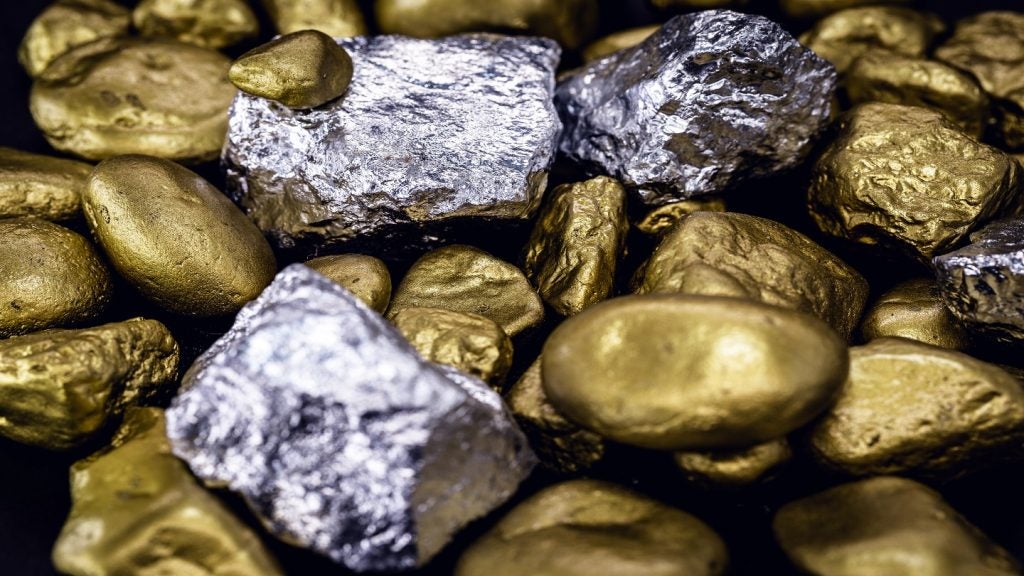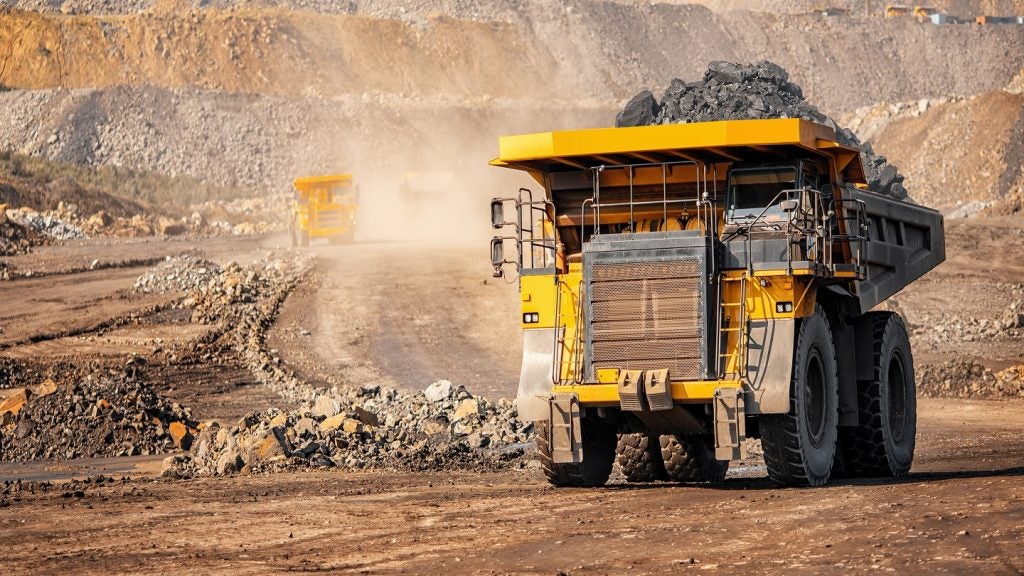
Digital and smart technologies in mines have been applied, in varying capacities, across pretty much every aspect of mining operations. Whether it’s smart monitoring for effective drill and blast operations, AI ventilation systems, or automated haul trucks, Australia has been a key proponent for bringing mining into the 21st century.
A 2020 report from Western Australia’s Data Science Innovation Hub and accountancy firm KPMG predicted that the state will create around 3,000 data science jobs over the next decade, with many of those roles expected to be in the mining industry.
Despite the unique challenges posed to countless industries in 2020, with economies taking hard hits and unemployment figures rising, Australia’s resources sector performed relatively well.
In a statement in January 2021, Minister for Resources, Water, and Northern Australia Keith Pitt said: “The number of people employed in mining jumped by 22,000, or nearly 10%, in the three months to November last year, providing jobs for 264,000 Australians.”
But the industry needs data scientists, people who can dissect the mass of information that these smart technologies provide, and contribute to improving the efficiency and productivity of mining activities. Unfortunately, those prospective talents, young university students in Australia and abroad, typically don’t tend to consider mining companies as potential career destinations.
Australia’s data science investments
Data science is a blossoming profession, with career prospects across virtually every industry, and certainly industries that appear on the surface to be more exciting and dynamic than the mining industry. For reasons well documented, mining has suffered an image problem over the past few decades.
How well do you really know your competitors?
Access the most comprehensive Company Profiles on the market, powered by GlobalData. Save hours of research. Gain competitive edge.

Thank you!
Your download email will arrive shortly
Not ready to buy yet? Download a free sample
We are confident about the unique quality of our Company Profiles. However, we want you to make the most beneficial decision for your business, so we offer a free sample that you can download by submitting the below form
By GlobalDataTo draw prospective data scientists to the industry, 2019 saw the announcement of a A$7.67m ($5.92m) investment from the Australian Government to fund two mining research centres, to be developed in partnership with universities and commercial supporters.
“These centres will help Australia’s mining industry better use data to make evidence-based decisions that lead to more efficient operations,” said then-Education Minister Dan Tehan.
One of these centres, based at the University of Adelaide, received A$3.7m from the Australian Government, along with a further A$8.8m provided from other supporters of the initiative. The centre was given a mission to train the “next generation” of data scientists and engineers in artificial intelligence, data analytics, and advanced sensor systems, in order to increase value in the mining and processing of resources.
These were identified as priority areas for the mining industry to become a world leader in integrated mining, as well as becoming a global hub for the supply of digital mining equipment, technology, and services.
The University of Sydney, meanwhile, was provided a different mandate. Australia gave A$3.9m in funding to the institute, to go towards funding an A$11m data science centre to support the broader management of Australia’s natural resources. The Data Analytics for Resources and Environments Centre aims to develop and deliver the data science skills and toolsets for Australia’s resource sector to properly steward the nation’s resources and environment.
Using advanced modelling, it’s hoped that this centre will equip the industry with the understanding of the cumulative effects of its consumption of natural resources – potentially allowing for new solutions to water management or biodiversity loss, as well as the societal and economic impacts of mining operations.
As for the future, a spokesperson for the Department of Industry, Science, Energy, and Resources says that the department is “developing an Australian National Resources Workforce Strategy that will address the key challenges and opportunities for the resources workforce into the future, including the uptake of digital technologies.
“The Australian Government has also contributed A$30m to the construction of CQUniversity’s School of Mining and Manufacturing (CQUSMM). The project will support the construction of two new purpose-built education and training facilities and the purchase of state-of-the-art equipment to support the skills training, education, research, and workforce development needs of the mining, resources, and manufacturing sectors.”
The spokesperson says that the project will have a focus on industry skills related to the advancement of robotics, the use of AI, and drone and remote vehicle use.
The need for data scientists in mining
Data analytics have been growing in importance for businesses and industries around the world; the insights garnered from mass data collection can increase efficiencies, identify new markets, or reveal previously unforeseen business directions. The mining industry is no stranger to numbers – companies in this industry rise and fall off of the number of tonnes of materials they can pull up from the ground in relation to numbers fronted by dollar signs.
But the mining industry has been relatively slow on the uptake of in-depth analysis of data – potentially leaving money on the table in the form of untapped efficiency enhancements, potentially decreased costs, and across-the-board improvements in decision making.
Virtually every stage of the mining process could stand to benefit from better gathering and analysis of data. In 2020, the South Australia government partnered with open innovation platform Unearthed Solutions to launch a global exploration competition to help identify potential in the resource-rich Gawler region.
The Gawler Challenge made the region’s data set accessible to competition entrants, who had five months to search through a range of data sets to identify exploration targets. The eventual winner of the challenge, an international team of researchers known as Per-OZ, used a method that integrated mineral systems and geomechanics with machine learning techniques.
“Globally, it’s becoming harder to find new mineral deposits, and the next generation of discoveries will need to go beyond traditional geology,” South Australia’s Minister for Energy and Mining Dan van Holst Pellekaan said.
“The analysis of this information treasure trove by data and geoscientists in just five months is an amazing leap forward in the use of artificial intelligence, machine-learning algorithms, and alternative mathematical data analysis for the mining sector.”
With new, quality mineral deposits increasingly difficult to find, data scientists could be vital in allowing mining companies to find the proverbial needle in the haystack.
Then, once data analysis has unearthed a potentially lucrative deposit and a mine has been established on site, monitoring the data from smart ventilation systems can improve air quality, increase worker safety, and reduce the costs associated with ventilation.
Analysing the data from smart drill and blast systems can allow for more efficient use of explosives and reduce workers’ exposure to hazardous materials; and the data fed back from digitised mine equipment may allow for an accurate prediction of when a piece of equipment or machinery is likely to fail.







